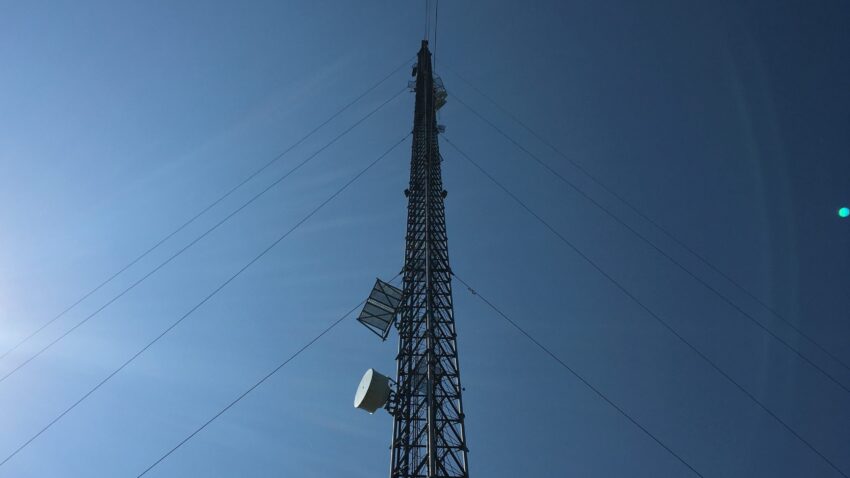Summer is heating up and that means more fun kinds of distant reception on the FM dial. What are the different types?
I described types of FM DX a couple of years ago in the article Tropo and E-skip Bring Distant FM Signals All Summer Long.
Basically, troposphere-enhanced reception, or tropo, is the most common type. This is the type of reception that coincides with warm weather and brings in regional signals all day long, or strengthens signals that are normally weaker.
The more fun type of DX is E-skip. This is when signals bounce off the E layer of the atmosphere and come back down to earth about a thousand miles away. Signals can come in for just a few seconds but may fade in and out for hours, competing with other stations on the same frequency. It’s not unusual for Upper Midwest listeners to hear stations from across North America!
Meteor scatter is similar to E-skip, but in this case, the signals are literally bouncing off a meteor. That means they only last a second or even just milliseconds. If you are listening a radio with RBDS, it may even come in strong enough for the station name to pop up.
E-skip and meteor scatter are not directly related to local weather conditions, but they may coincide with a tropo event, with E-skip signals sometimes overriding regional troposphere-enhanced reception.
The type of conditions that cause E-skip are similar to those that cause the northern lights. You can sign up for email alerts about these types of conditions from NOAA’s Space Weather Prediction Center.
The best way to capture distant signals? Simply get away from populated areas and find a spot where there’s plenty of room to breathe on the FM dial!
Do you have a question about broadcasting? Email jonellis@northpine.com and I’ll do my best to find an answer!
READ: More Ask NorthPine questions and answers
RELATED: Living History: Long-Distance Signals from ‘Golden Age of Radio’ Still On Air

